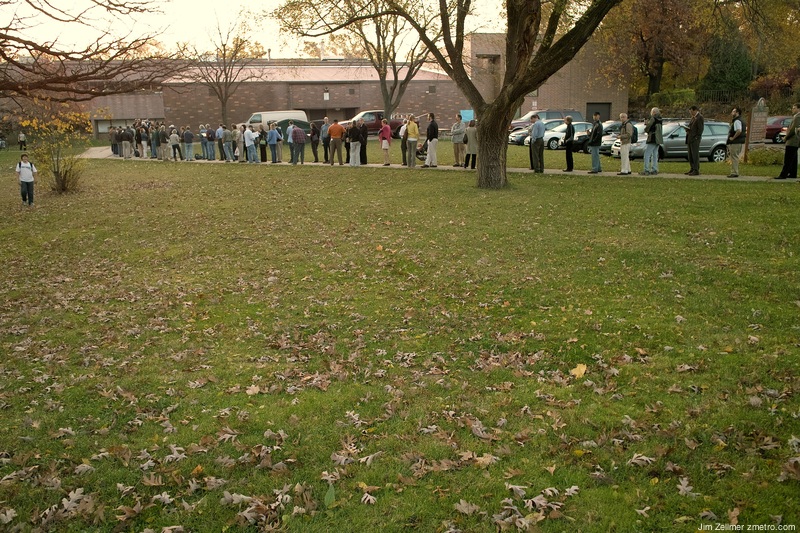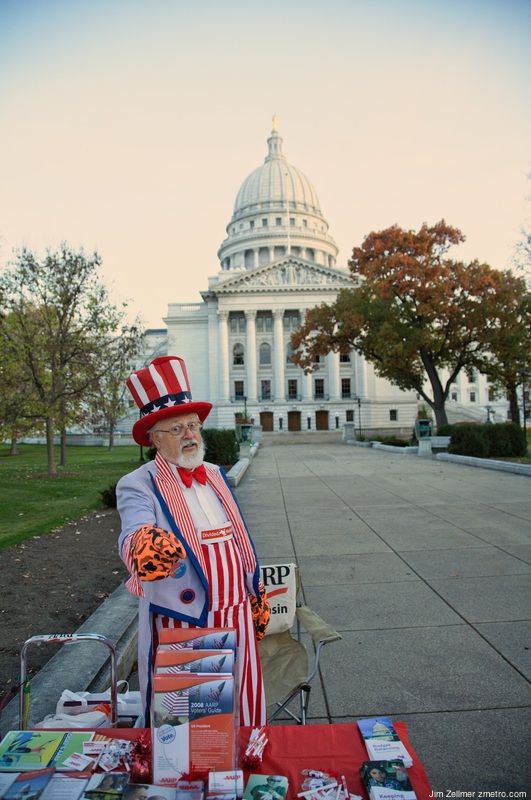Bill Lueders & Jason Shephard:
A statewide public records audit found that one in 10 requests for basic documents were denied or ignored by local governments.
Another two in 10 requests were fulfilled only after records custodians required the requesters to identify themselves or explain why they wanted the documents, in violation of state law.
The audit, conducted by the Wisconsin Freedom of Information Council and the University of Wisconsin-Madison School of Journalism and Mass Communication, involved 318 public records requests filed in 65 counties.
“We were not trying to trick anyone,” says Bill Lueders, the Council’s elected president and news editor of Isthmus newspaper. “We asked for basic information that no one should have any problems getting. And yet there were problems.”

